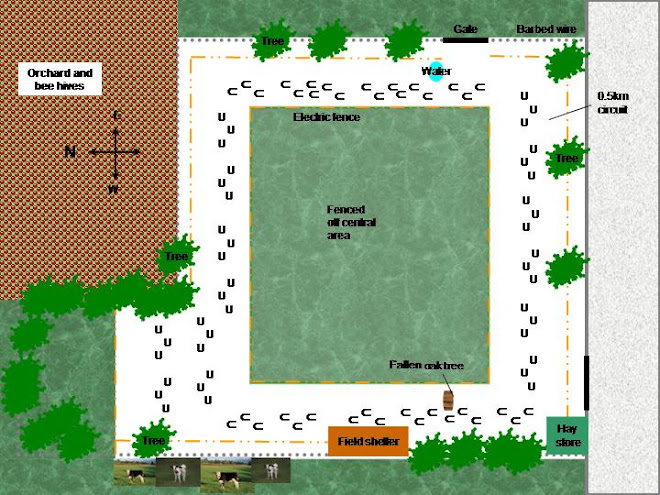 |
| 1 |
 |
| 2 |
 |
| 3 |
 |
| 4 |
 |
| 5 |
Because the shod horse doesn't feel it's feet so well, in the UK we have become conditioned to seeing severe cases of thrush and thinking of them as normal and of little consequence. And if a thrushy, shod horse trips over a stone or goes a bit hoppy on a limestone track we blame the stones rather than our hoof care.
But it's not the stones at fault. Evolution (or God if you prefer) has given the horse feet that are capable of negotiating some of the toughest terrain on earth. When they are healthy. If your horse struggles with stones the very painful truth is that your horse is not in optimal health.
So apart from soreness over stones and the disgusting smell, why does thrush matter?
In very simple terms; a horse in pain from thrush won't use the back of their foot properly. The suspensory/concussion absorption mechanisms come out of use and the horse will become more prone to injury. The heel will start to contract and if this goes on long enough the horse may well get a diagnosis of 'navicular' in any one of it's many flavours.
Thrush is serious and it must be effectively treated.
The hooves in this blog
Hooves 1-3 as you can see have severe thrush, no. 4 isn't too clever but it's not as bad.
The hooves have been freshly trimmed (not by me) and the owner is concerned that the hooves may not be properly balanced. Although photos can be misleading, I have to agree that there are areas of concern.
Q What do you think of the hooves in these pictures?













